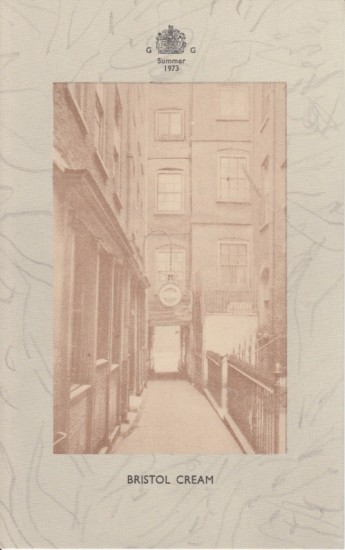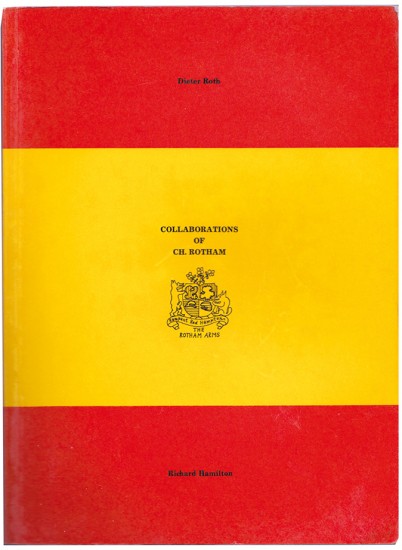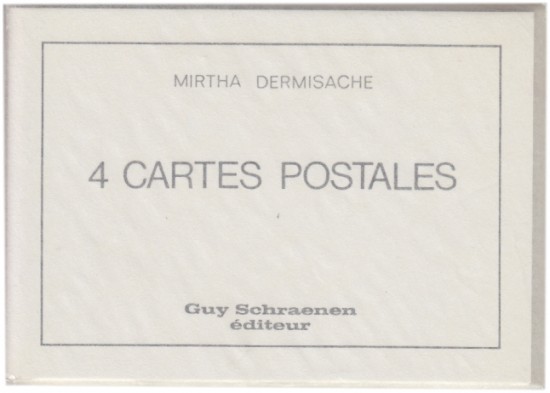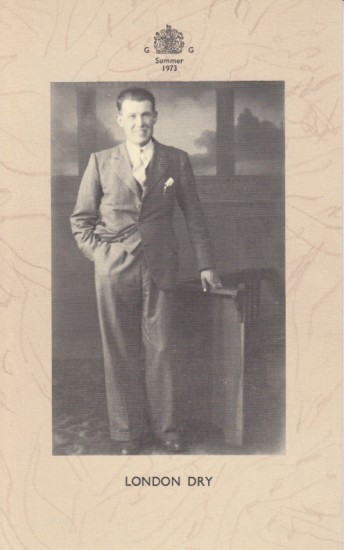Raccolta dei Disegni di Diverse Fabriche Costrutte in Pietroburgo, e nell'Interno dell'Impero Russo / Recueil des Dessins de Différens Batimens Construits a Saint-Pétersbourg, et Dans l'Intérieur de l'Empire de Russie
Rusca, Luigi
St. Petersburg. 1810
Sold
First edition of Rusca's architectural work in Russia for the Imperial Court.
Rusca's success was due in part to his ability to design in the international neo-classical style of the period, and in part, it would appear, to his skill in handling the constructional and organisational problems involved in commissions for large public buildings. Both of these aspects of his work are reflected here, the text supplying interesting technical guidance on such matters as Russian building stones and the necessity for proper foundations that would stand up to the Russian winter, while the plates illustrate a range of designs by him for all sorts of buildings ranging from cavalry and infantry barracks to mosques for the Tartar community in St Petersburg.
Rusca was employed on the Tauride Palace in the Crimea in 1801, restoring it and adding a palace theatre, and also worked on the Grand Duke Constantine's Palace at Strelna and on various country houses of the Russian aristocracy, all of which are illustrated here, as are also his designs for a new picture gallery at the Hermitage Palace and a new theatre on the Nevsky Prospekt in St Petersburg.
The volumes are a basic source for Rusca's architectural output and they are also evidence of the vigour with which large building schemes were being undertaken by the Russian Imperial government in the years before the temporary halt to such operations caused by Napoleon's invasion of Russia in 1812.
[see Pagan Catalogue 12; Millard Northern European 109].
Rusca's success was due in part to his ability to design in the international neo-classical style of the period, and in part, it would appear, to his skill in handling the constructional and organisational problems involved in commissions for large public buildings. Both of these aspects of his work are reflected here, the text supplying interesting technical guidance on such matters as Russian building stones and the necessity for proper foundations that would stand up to the Russian winter, while the plates illustrate a range of designs by him for all sorts of buildings ranging from cavalry and infantry barracks to mosques for the Tartar community in St Petersburg.
Rusca was employed on the Tauride Palace in the Crimea in 1801, restoring it and adding a palace theatre, and also worked on the Grand Duke Constantine's Palace at Strelna and on various country houses of the Russian aristocracy, all of which are illustrated here, as are also his designs for a new picture gallery at the Hermitage Palace and a new theatre on the Nevsky Prospekt in St Petersburg.
The volumes are a basic source for Rusca's architectural output and they are also evidence of the vigour with which large building schemes were being undertaken by the Russian Imperial government in the years before the temporary halt to such operations caused by Napoleon's invasion of Russia in 1812.
[see Pagan Catalogue 12; Millard Northern European 109].
pp. (xvi), 1 - 49; 51 - 69. 2 vols. Folio. (758 x 428 mm). French and Italian half-titles, title pages, dedication leaves (to Tsar Alexander I), section titles for each part and text in French and Italian throughout, engraved frontispiece to each volume and 178 engraved plates, divided into lettered suites with individual numeration in Roman numerals: A I - XIX, B I - XVII (including Xbis), C I - VI, D I - IX, E I - VIII, F I - V, G I - XIII, H I LXIV and I I - XXXV, also included is the comparative measurement plate with 'Demi-Archive de Russie' and 'Pied de France', plates and text produced in Paris, plates engraved by J.E. Thierry. Sheet size: 565 x 410 mm (or the reverse). Later green cloth-backed marbled boards, black morocco label to spine with gilt title, olive green endpapers.
#40557










